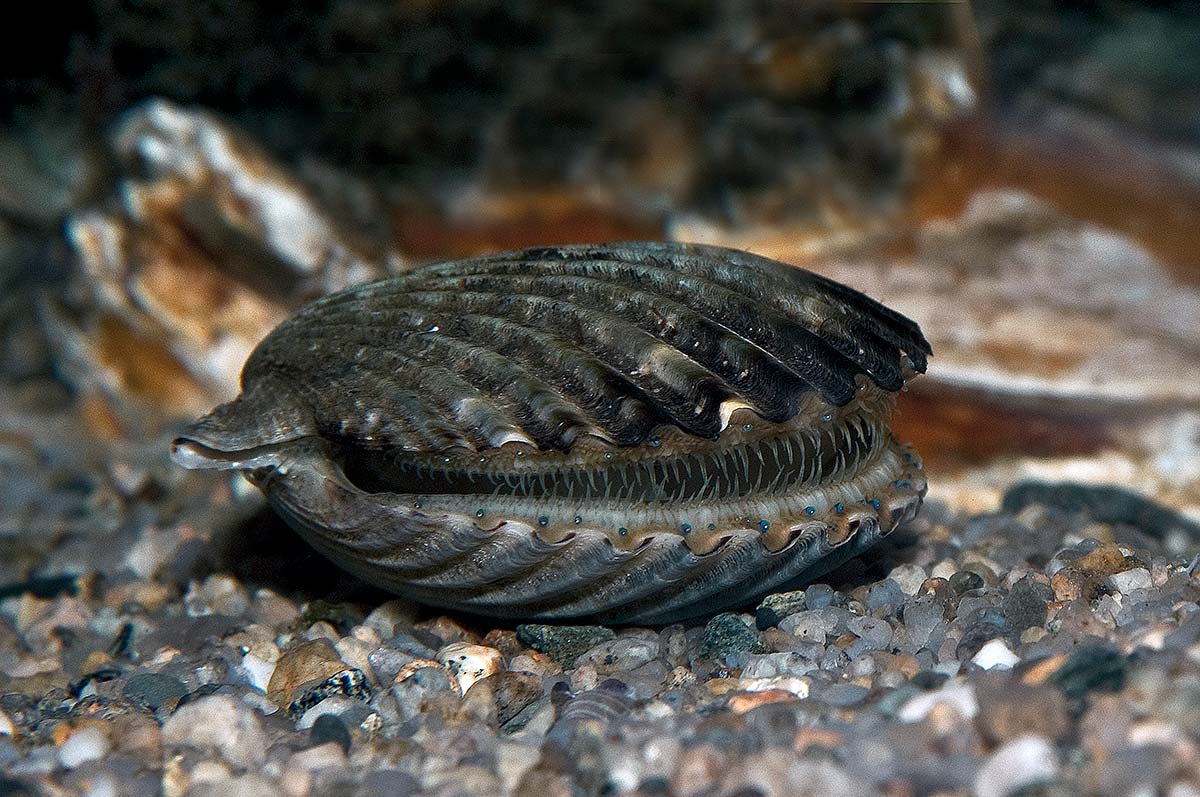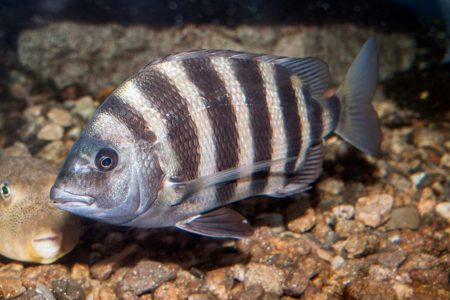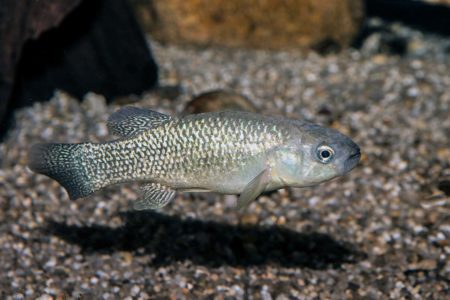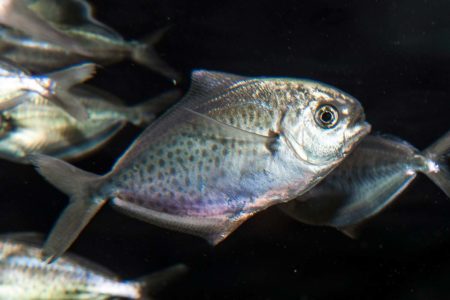
The Atlantic bay scallop was once found in Florida from West Palm Beach on the Atlantic Coast to Pensacola in the state’s northwest corner. Recently, their range has dramatically decreased. Scallops are an indicator species and are sensitive to changing environmental conditions such as seagrass losses, increases in fresh water, and loosening of sediments. Extreme changes can result in local population collapses, though their coastal range continues north along the Atlantic Coast to the south side of Cape Cod and the islands.
Atlantic bay scallops are found in shallow inshore estuaries of the U.S. Atlantic Coast. Genetics is not fully understood, but scientists have observed that the intermixing of populations between estuaries is low, so sub-populations need to be treated as separate management units. Commercial fisheries for bay scallops occur primarily in Massachusetts, New York, and North Carolina and are managed by each state government.
There are two types of bay scallops in eastern North America: the Northern bay scallop, found along the coasts of Massachusetts through Long Island, NY, and the southern bay scallop, found in New Jersey south through North Carolina. Most bay scallop fisheries are now out of Massachusetts, typically Martha’s Vineyard and Nantucket, due to the larger habitats of eelgrass that support scallop spawning and provide protection from predators that are found in that region.
Bay scallops live for between 18 to 30 months – there are only two generations alive at any time. They reach full size by the next fall or one year of age. An adult northern scallop averages 2.4 inches in length, 2.5 inches in width and weighs in at around 11 grams (roughly .4 ounces). An adult scallop is defined by its “growth line,” a thickened edge of shell that forms when the scallop starts to grow again during the spring. Scallops stop growing during the winter, and like other bivalves, spawn in warmer months. Females can release a few million eggs in one season. Bay scallops are not the same species as sea scallops. They are related and belong to the same shellfish family, but differ in size, habitat, and life span.
A bay scallop has the remarkable ability to develop both female and male sexual organs; because of this unique feature, it can produce both eggs and sperm. In the final stages of development, scallops use all their energy for reproduction. This leaves little energy for movement, making the scallop vulnerable to predators. This may be why many do not survive to spawn a second time. Rapid changes in water temperature usually trigger bay scallops to spawn. In Florida, most spawning occurs in the fall when the temperature drops. A single scallop is capable of producing millions of eggs at once, but only one egg out of 12 million is likely to reach adulthood.
It takes approximately 36 hours for fertilized eggs to become tiny larvae, known as veligers. Larval scallops are pelagic, meaning they drift in the water column for 10 to 14 days. During that time, they may be carried a considerable distance from where they were spawned. While drifting, larvae develop into juvenile scallops, commonly called spat. They eventually settle out of the water column and attach to seagrass blades using thin, silky fibers called byssal threads. Approximately 90% of spat will die within six weeks of settlement. Those that survive eventually detach from the seagrass and fall to the bottom, where they remain for the rest of their lives.
Most bay scallops on the market are wild. There are some cultivated products on the market, but their numbers are no match for the wild fisheries that land hundreds of pounds a day. The primary method of harvesting is dragging by scallop dredge. There are specific regulations on dredges, such as size and weight, because dragging can disturb or destroy eelgrass and ocean bottom habitats, which help sustain scallop populations. Other fishing methods include raking or dip-netting in shallower waters.
Scalloping is heavily regulated, and with good reason; regulations help commercial harvesters earn a living wage by preventing overfishing and low market prices. Many of these rules still apply today and are the main reasons why bay scallops are a seasonal product, and so successfully harvested in some Northeast areas.


